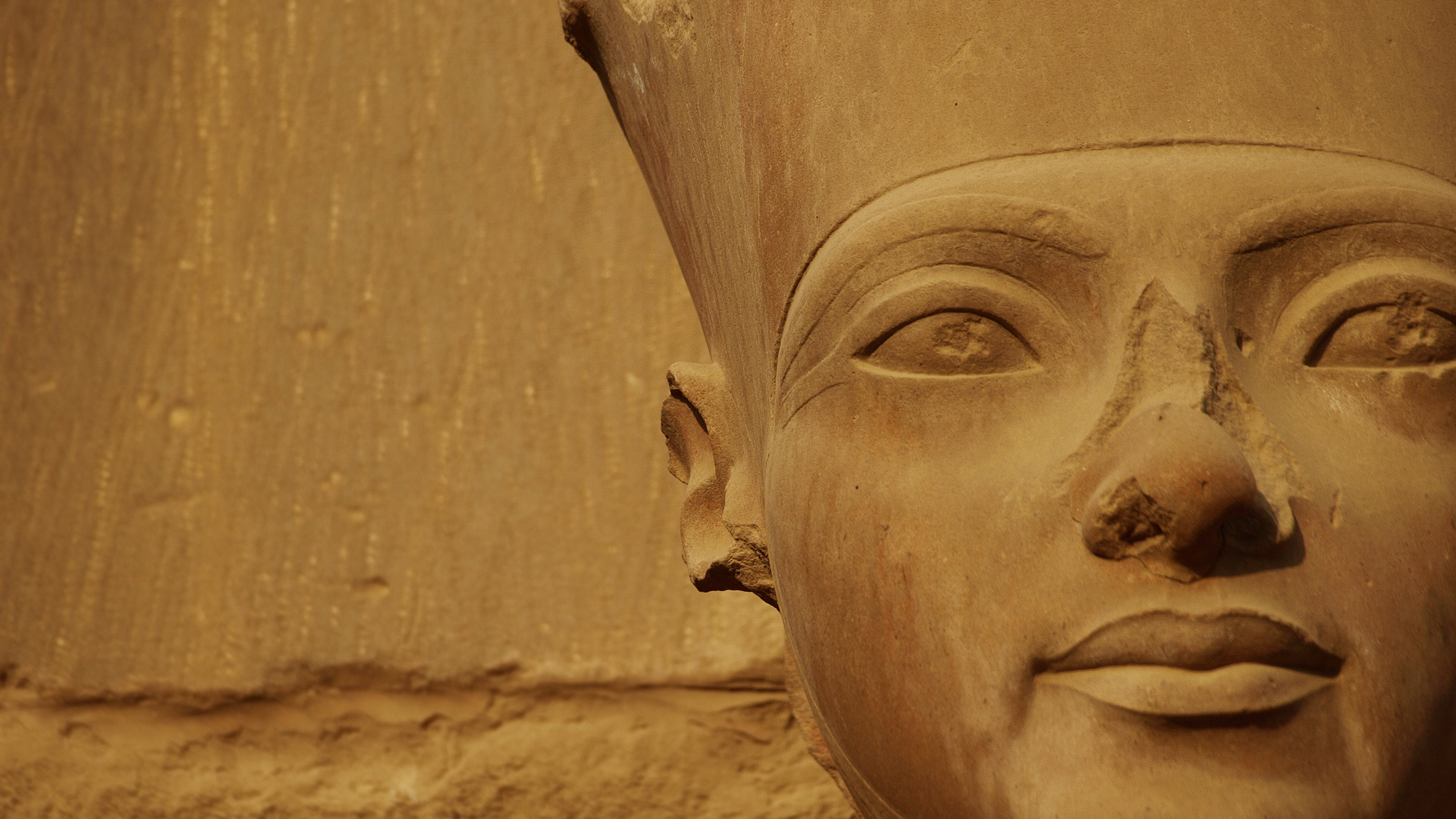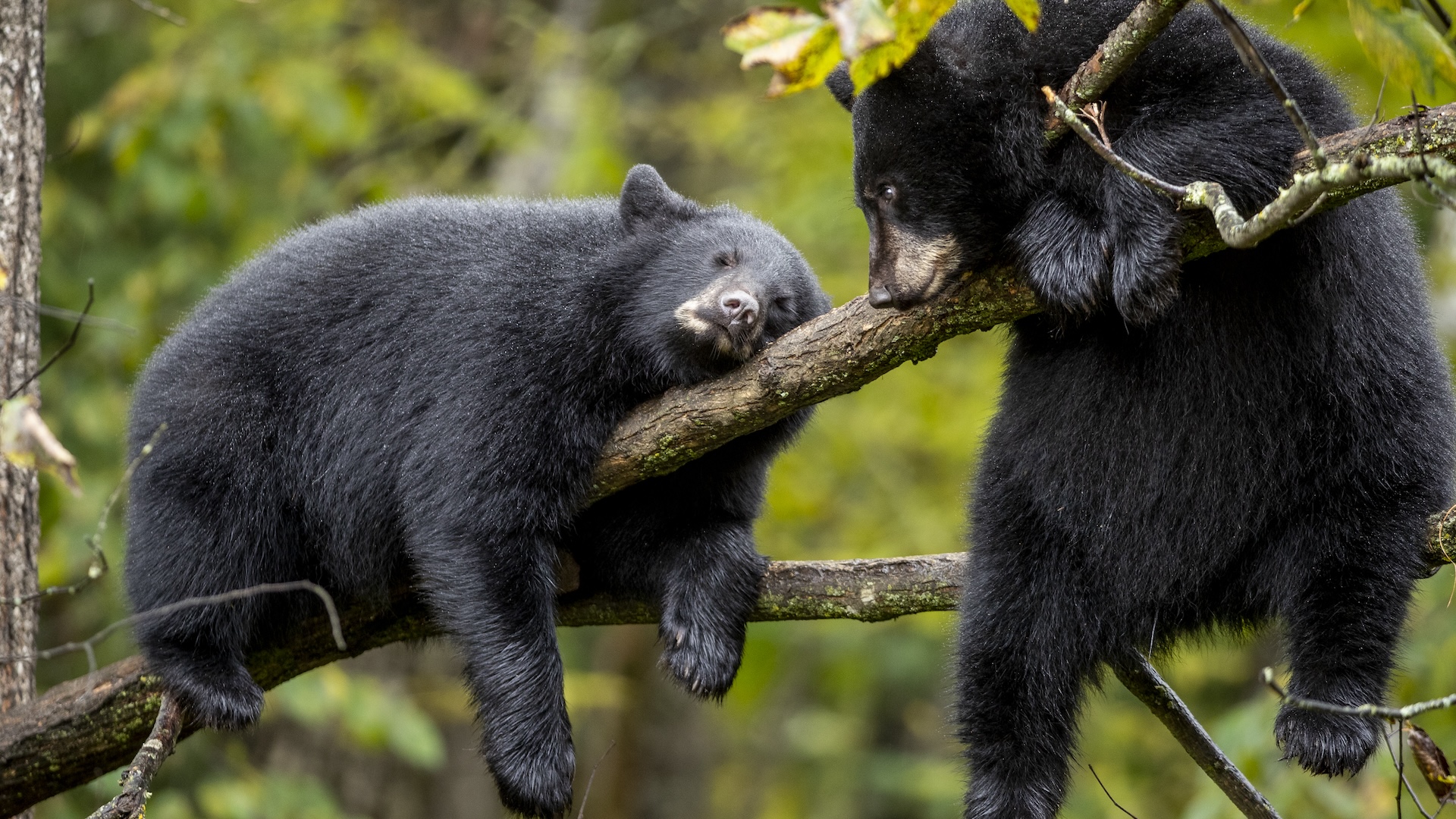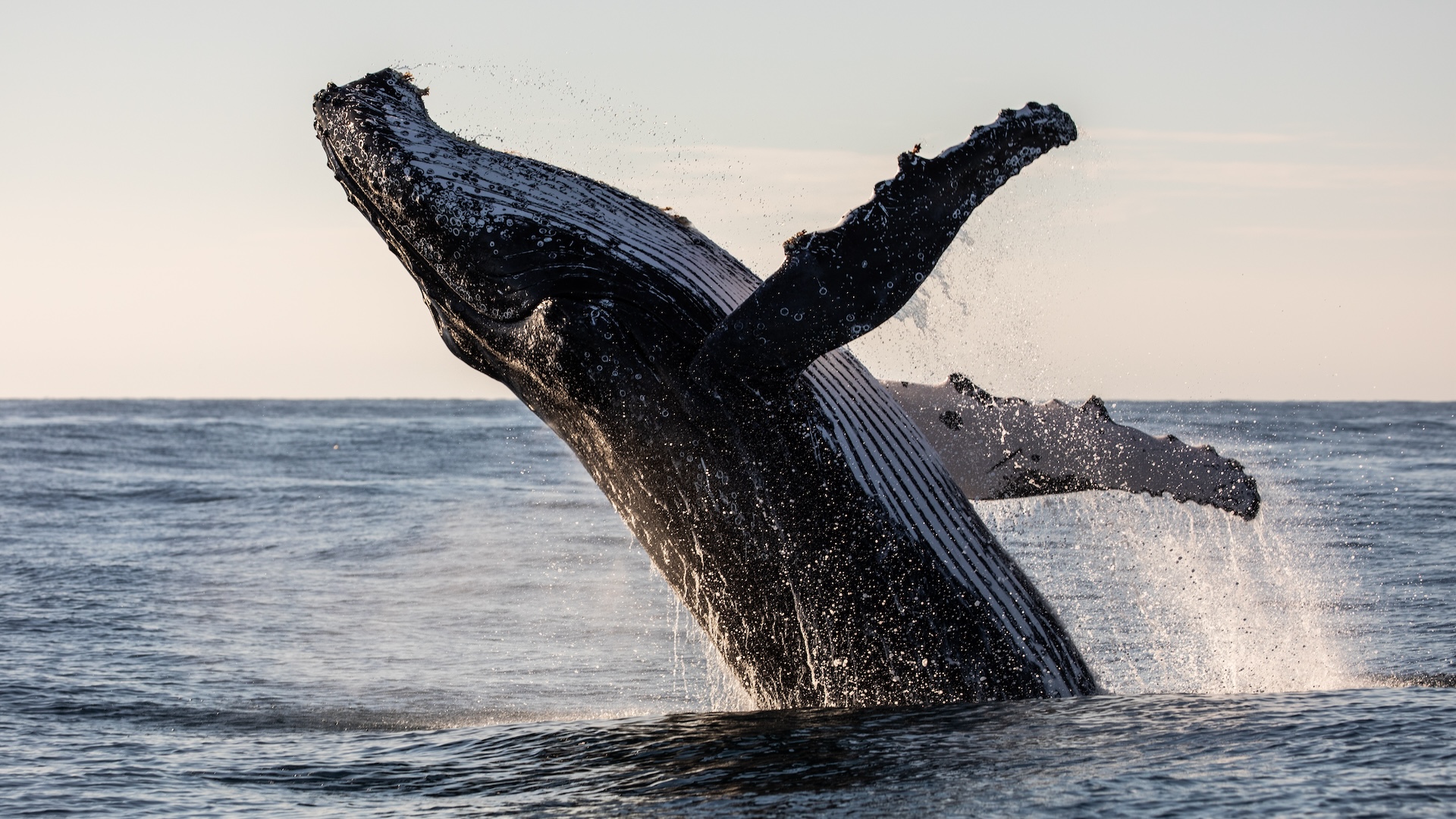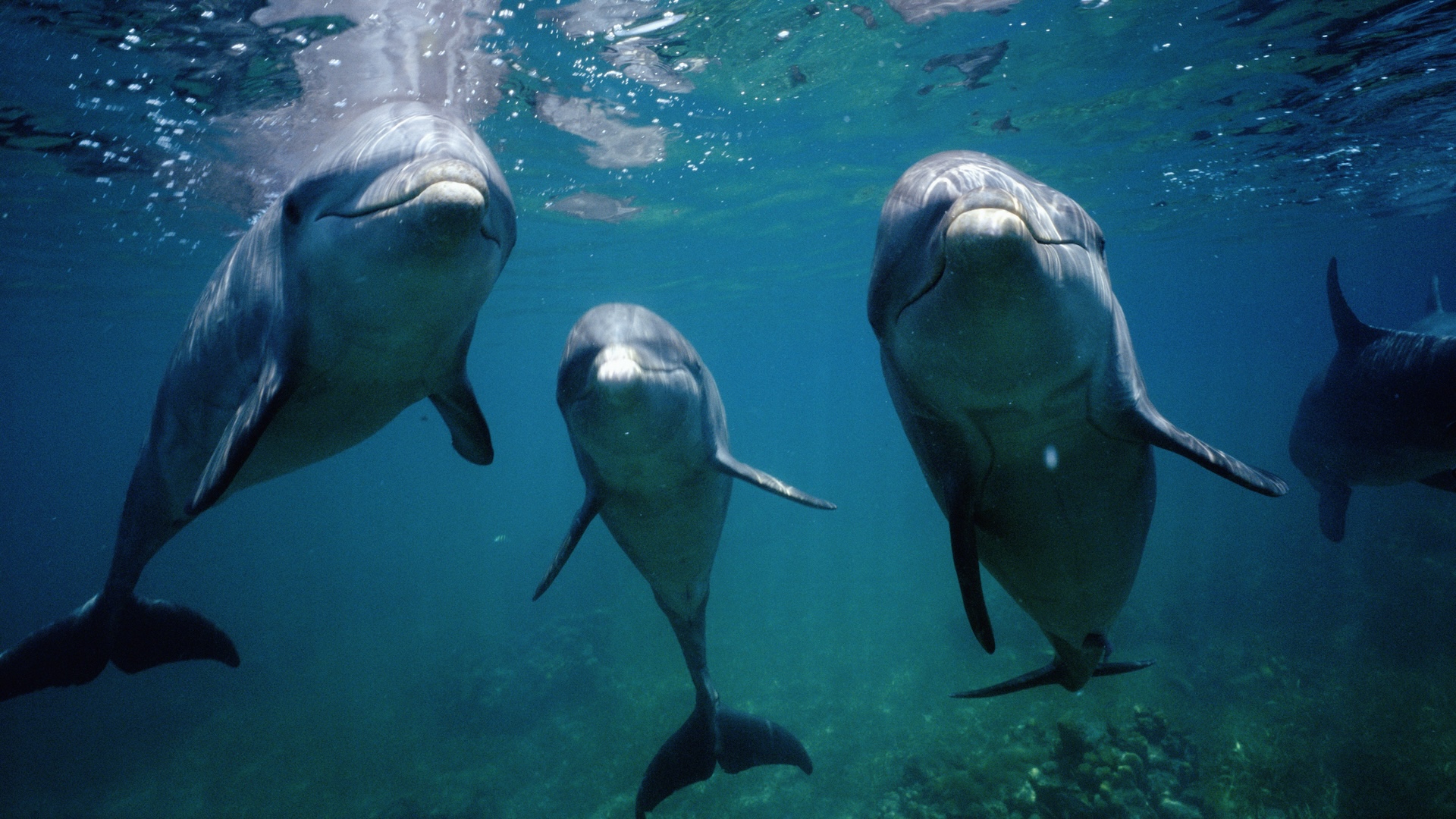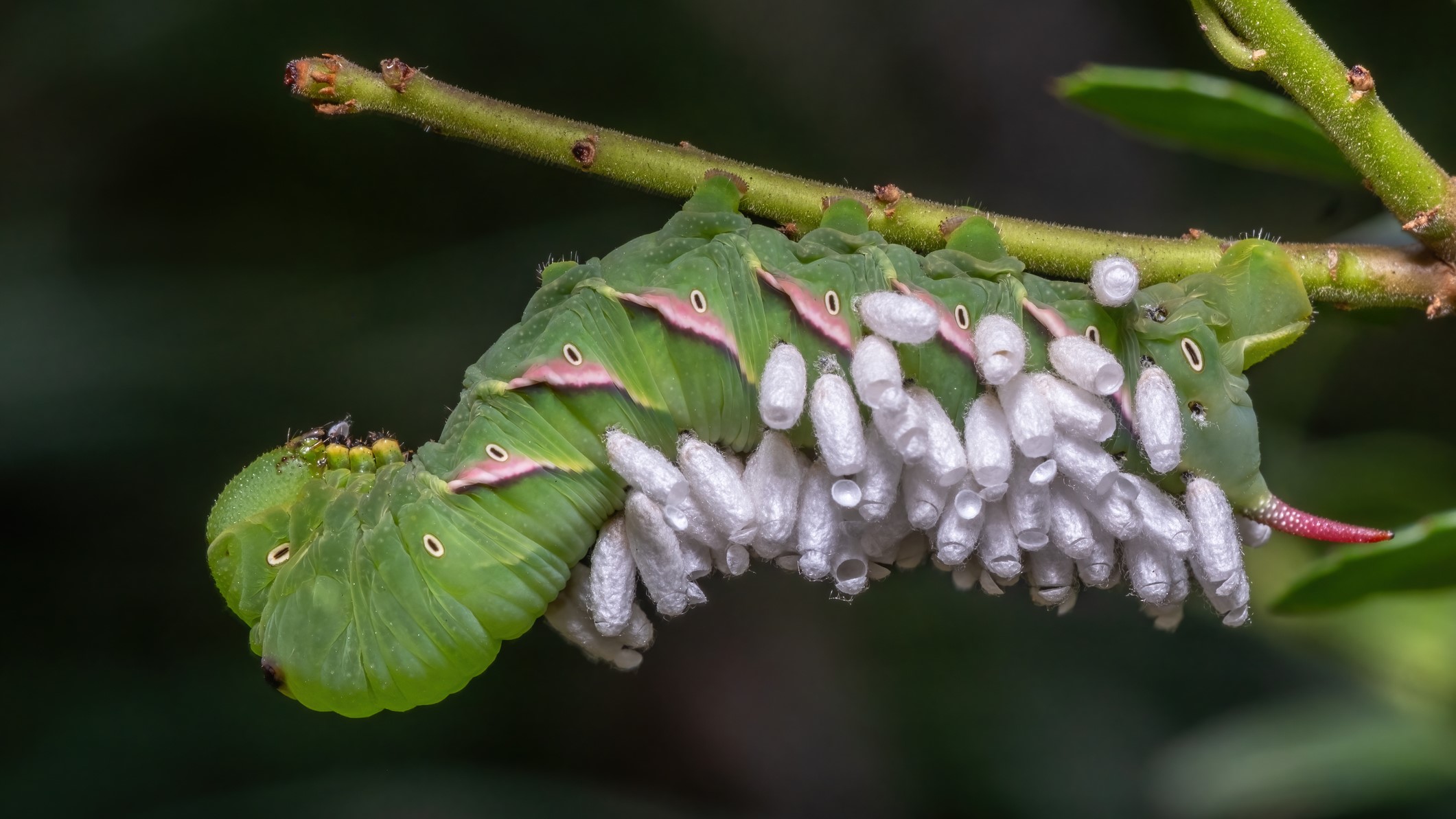Primates: Facts about the group that includes humans, apes, monkeys and other close relatives
Discover interesting facts about the origins of primates, what they eat, and if they have thumbs.
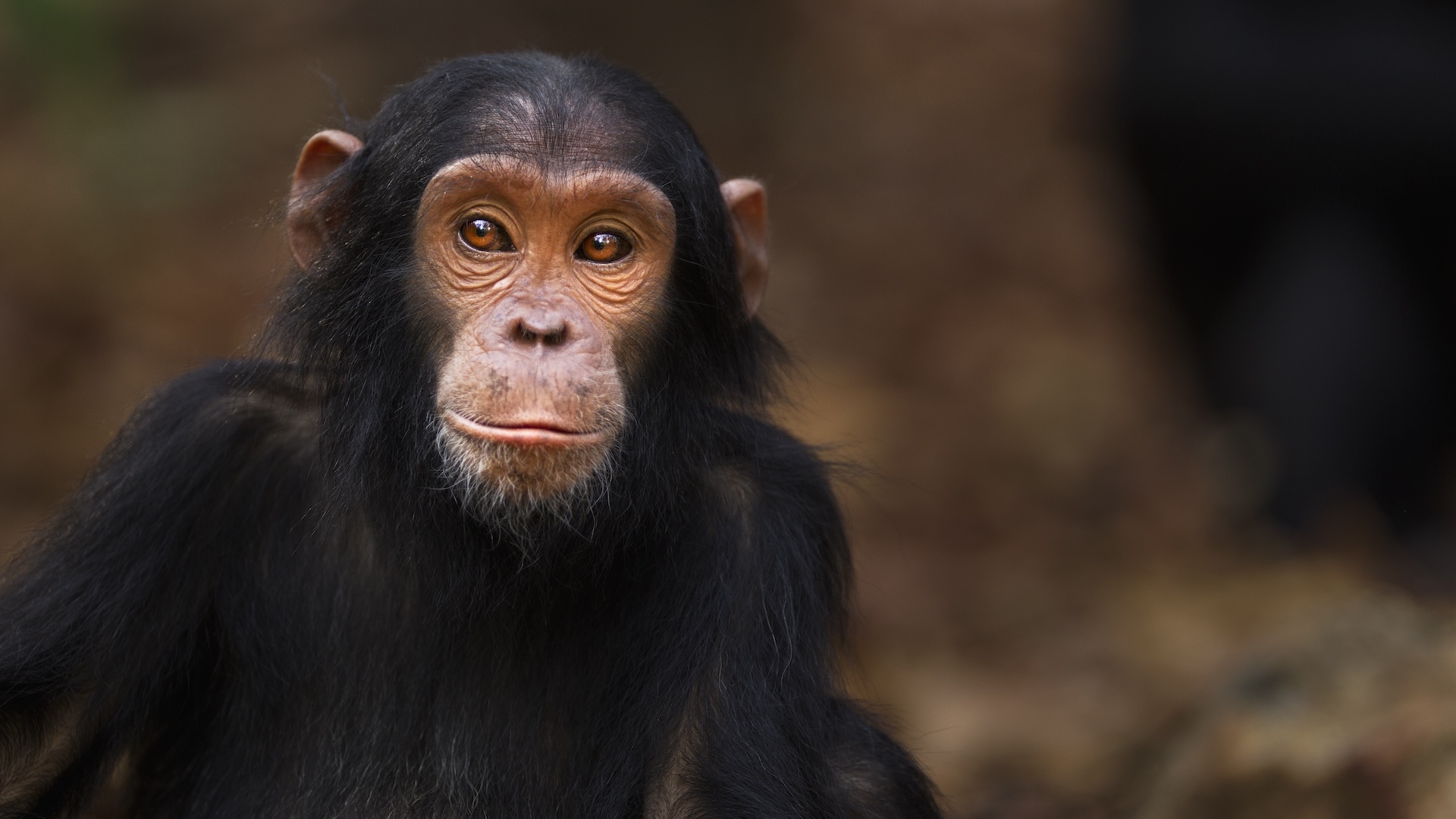
Where they live: Every continent except Australia and Antarctica
What they eat: Mostly fruits, seeds, nuts, leaves and insects
How big they are: The smallest primate species is only 5.4 inches (13.6 centimeters) tall, on average. The biggest — humans and gorillas — can be 6 feet (1.8 meters) or taller.
Primates are a group of mammals that includes humans and our close relatives, such as apes, monkeys and lemurs. Monkeys, such as capuchins and macaques; prosimians, like lemurs and tarsiers; lesser apes, such as gibbons; and great apes, like gorillas, chimpanzees and orangutans, are all primates. Our close extinct relatives, such as the Neanderthals, were also primates. Most primates live in tropical climates close to the equator, though some live in colder or snowy environments, like the mountains of Japan.
Primates have larger brains than most other mammals of their size. This gives them advanced learning and problem-solving abilities. Many primates also live in complex social groups and communicate through vocal sounds, body language and facial expressions. Humans' closest living relatives are chimpanzees and bonobos — and a few of these animals have even been taught to understand some human language.
5 fast facts about primates
- Humans are primates, and chimpanzees and bonobos are our closest surviving relatives.
- Chimpanzees and capuchin monkeys use tools to get food.
- Primates often groom each other by picking off dirt and ticks, not just to stay clean, but also to build friendships and settle fights.
- Unlike many other mammals, which can see only two colors (blue and green), most primates can see three colors (blue, green and red).
- Kanzi, a bonobo born in captivity who was given language lessons, could play Minecraft and Pac-Man, and understand when his keepers spoke to him in English.
Everything you need to know about primates
When did primates first appear?
The first primate-like creatures started appearing on Earth around 66 million to 74 million years ago. But some scientists think these creatures may be even older, showing up around 80 million to 90 million years ago, when dinosaurs still roamed Earth.
The oldest primate bones we have ever found belong to an animal called Plesiadapis, which was about the size of a lemur and lived around 55 million years ago.
Over time, early primates split into different groups. The first to appear were the prosimians. Next were the New World and then the Old World monkeys. Old World monkeys live in Asia and Africa and have downward-pointing nostrils, while New World monkeys have outward-pointing nostrils and live in Central and South America.
Apes showed up millions of years later — Old World monkeys and apes shared a common ancestor around 25 million years ago.
About 17 million years ago, apes split into the lesser apes and the great apes. Lesser apes include gibbons, and the great apes include chimpanzees, bonobos, gorillas, orangutans and humans. Chimpanzees' and humans' last common ancestor lived between 6 million and 7 million years ago.
How many species of primates are there?
Scientists don't know exactly how many primate species are alive today, but there are at least 500. But new primate species are still being discovered, with 130 new species and subspecies being described since 1990.
Prosimians are the oldest type of primate. These tiny, big-eyed creatures live in trees and use their strong grip and long tails for balance. Galagos (bush babies), lemurs, lorises, pottos and tarsiers are all prosimians. Many of these species are active at night and use their large eyes for night vision.
New World monkeys include capuchins, howler monkeys, spider monkeys, marmosets and tamarins. The world's smallest monkey is the pygmy marmoset, which lives in the Amazon rainforest.
Old World monkeys include macaques, baboons, mandrills, proboscis monkeys and langurs. Unlike many New World monkeys, Old World monkeys cannot use their tails for gripping.
Ape species are divided into the lesser apes, or gibbons, and the great apes, which include chimpanzees, bonobos, gorillas, orangutans and humans. Apes are highly intelligent and known for their advanced problem-solving and communication skills.
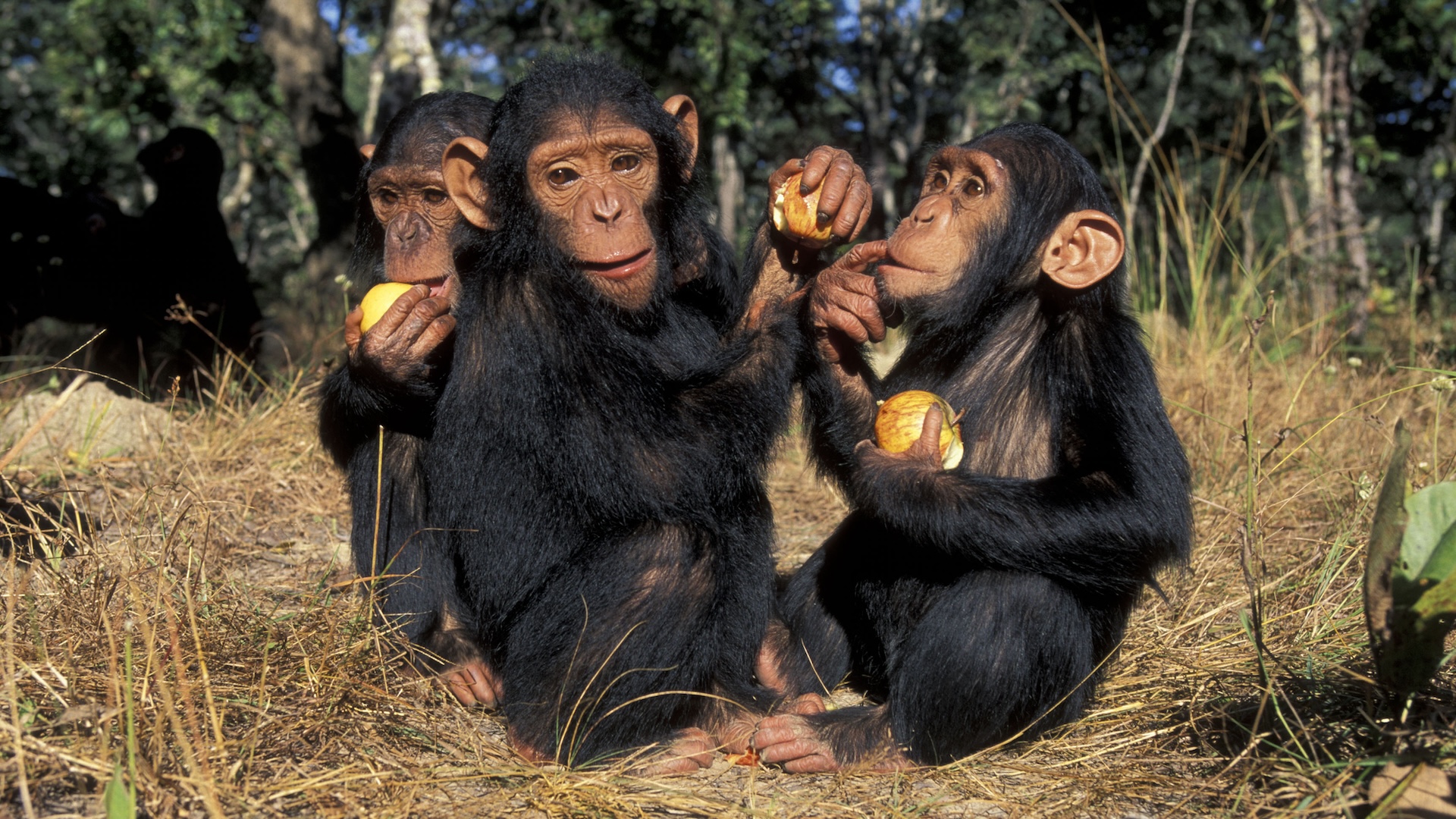
Do primates eat meat?
Most primates are omnivores, meaning they eat both plants and animals. But some species eat more meat than others. Tarsiers eat only meat, and some humans, such as those living in the Arctic, often get most of their calories from meat. Our extinct relatives, the Neanderthals, also ate mostly meat.
But most primates eat a diet that is heavy in fruits, seeds, leaves and nuts, with some meat thrown in as well.
Chimpanzees mostly eat fruit, but they have also been known to hunt and eat small animals, including monkeys, birds and small antelope. During these hunts, the chimps often work in groups to chase and corner prey, sometimes even using spear-like tools. Chimps also often use sticks to dig out ants or termites inside their nests without getting stung. And sometimes, they even eat their own kind after they have died.
Bonobos, a close relative of chimpanzees, eat meat as frequently as chimps do, often feeding on birds, bats, monkeys and small antelope.
Great apes like gorillas and orangutans very rarely eat meat in the wild.
Capuchin monkeys occasionally eat lizards, frogs, birds and small rodents. Scientists have also seen them eating dead members of their own species. As some of the more clever monkeys, they also use tools, like sticks and stones, to catch prey.
Tarsiers, meanwhile, survive on a meat-only diet made up of insects, birds, lizards and even bats.
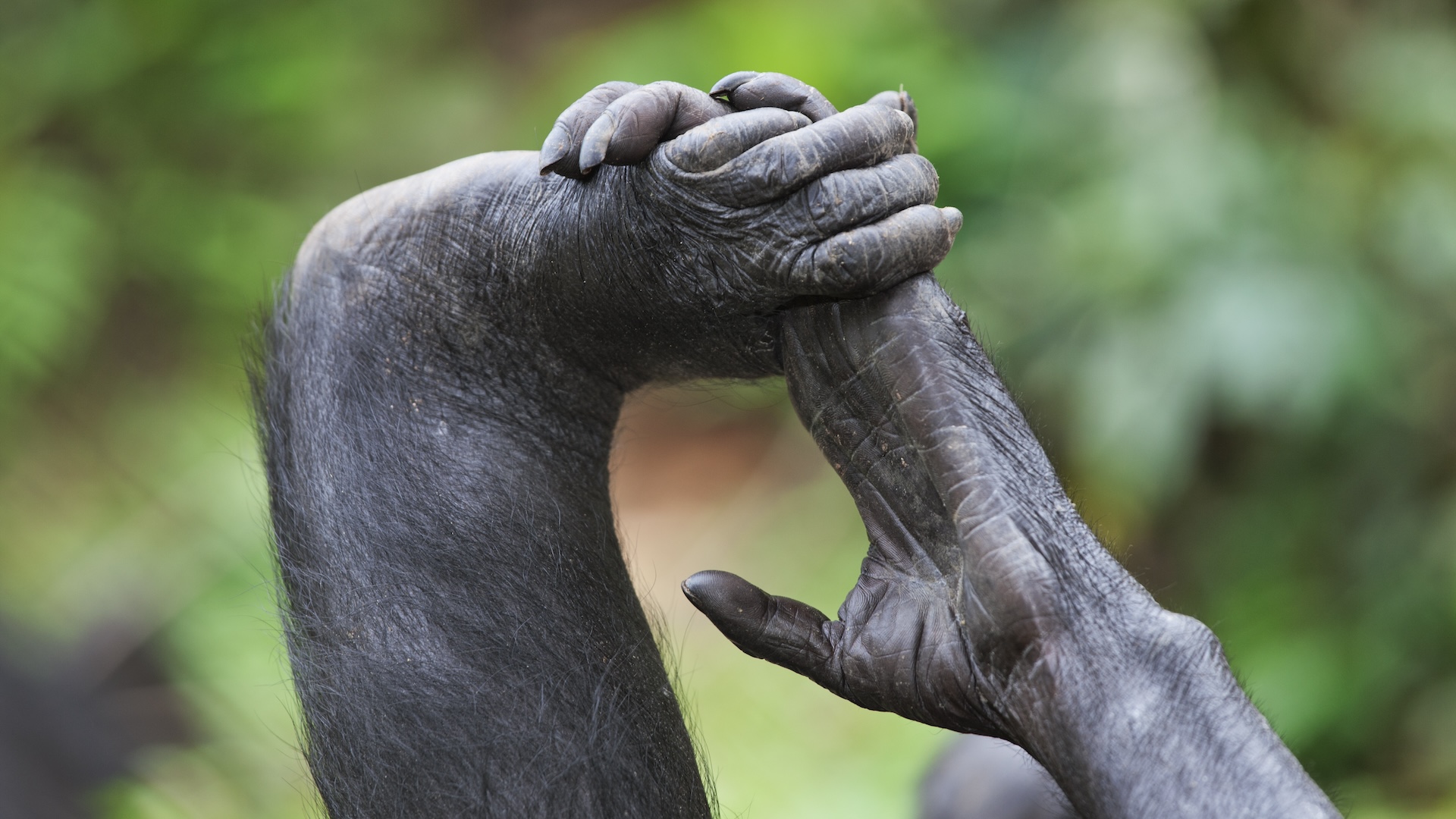
Do primates have opposable thumbs?
Most primates have opposable thumbs. This means their thumbs can touch the tips of all of their other fingers.
Great apes have very sophisticated opposable thumbs on both their hands and their feet. They use these nimble fingers to handle tools, swing between the branches of trees, and groom one another. Nearly every great ape species uses tools. Gorillas use sticks to measure water depth. Orangutans use stone tools as hammers. Chimpanzees use sticks to eat ants and termites, and they have been seen using a spongy mass of chewed leaves to soak up water for drinking. They also use stone tools to crack open nuts.
Most Old World monkeys, including macaques and baboons, have opposable thumbs, which they use for handling food. Lemurs, lorises and some New World monkeys, like capuchins, have "pseudo" — fake — opposable thumbs. This means they can partially move toward the other fingers, but not with the same full range of motion or grip strength as true opposable thumbs.
Some primates, such as marmosets and tarsiers, have non-opposable thumbs, which cannot rotate or move across the palm to touch the other fingers.
Colobus monkeys and spider monkeys barely have thumbs at all. Their tiny, stubby thumbs aren't functional, which means they have only four useful fingers. Colobus monkeys use their hands as hooks for leaping and swinging through trees, while spider monkeys rely heavily on their prehensile tail, which acts like a fifth limb.
Primate pictures
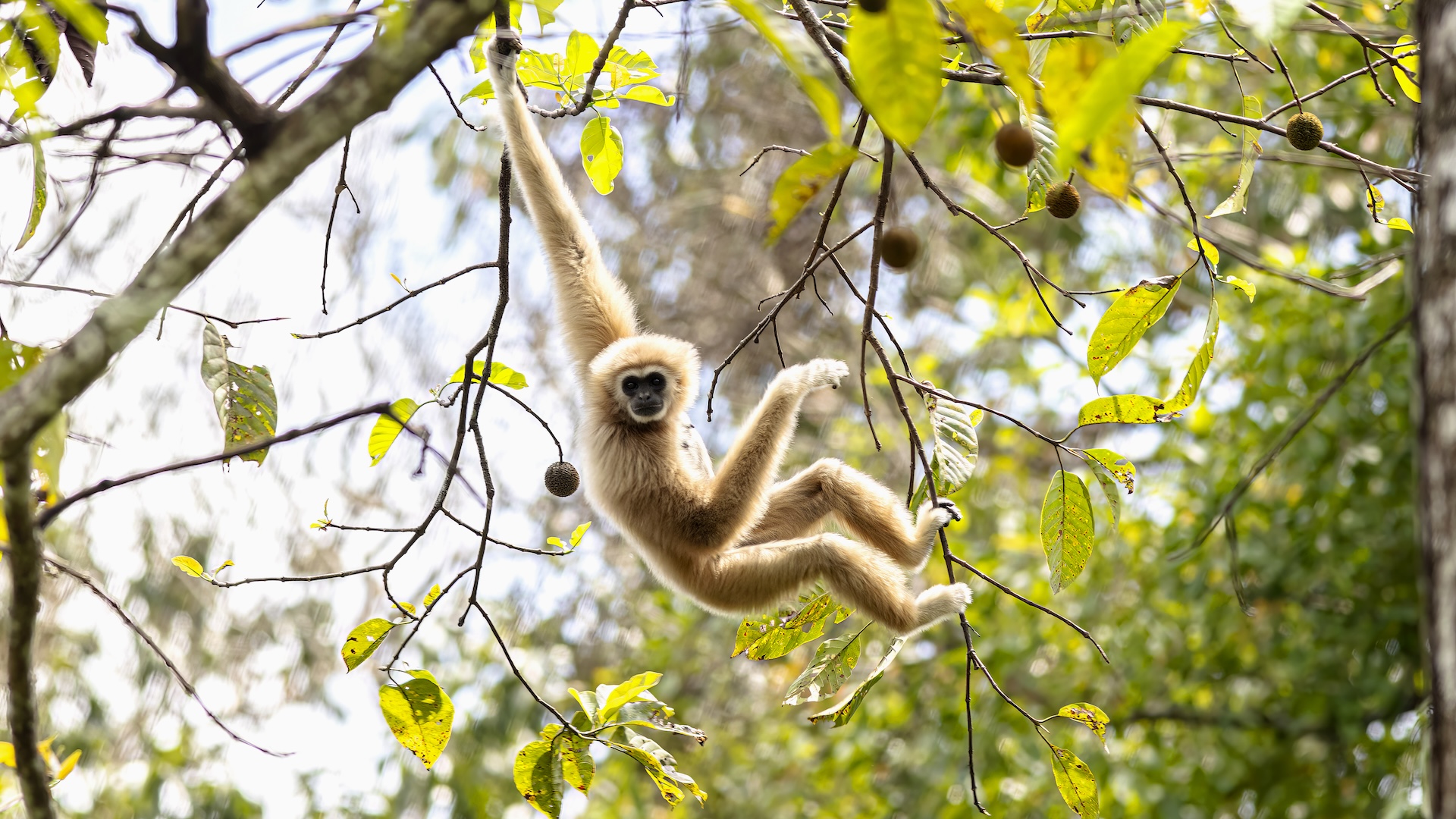
Capable climbers
Many species of primates, such as the lar gibbon pictured above, are highly skilled at climbing trees.
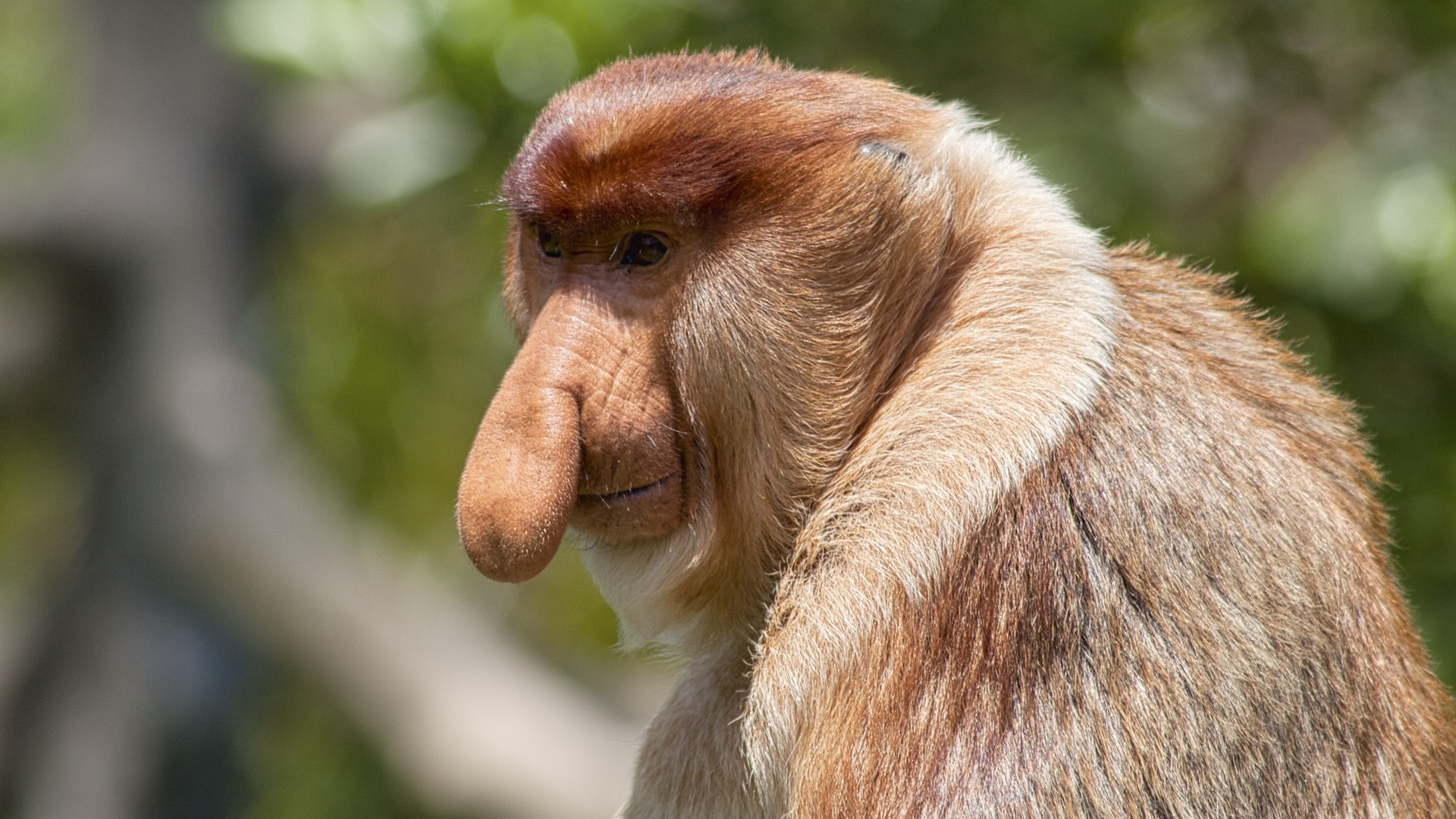
Diverse species
There are hundreds of species of primates, each with their own unique characteristics. Proboscis monkeys are known for their unusual noses.
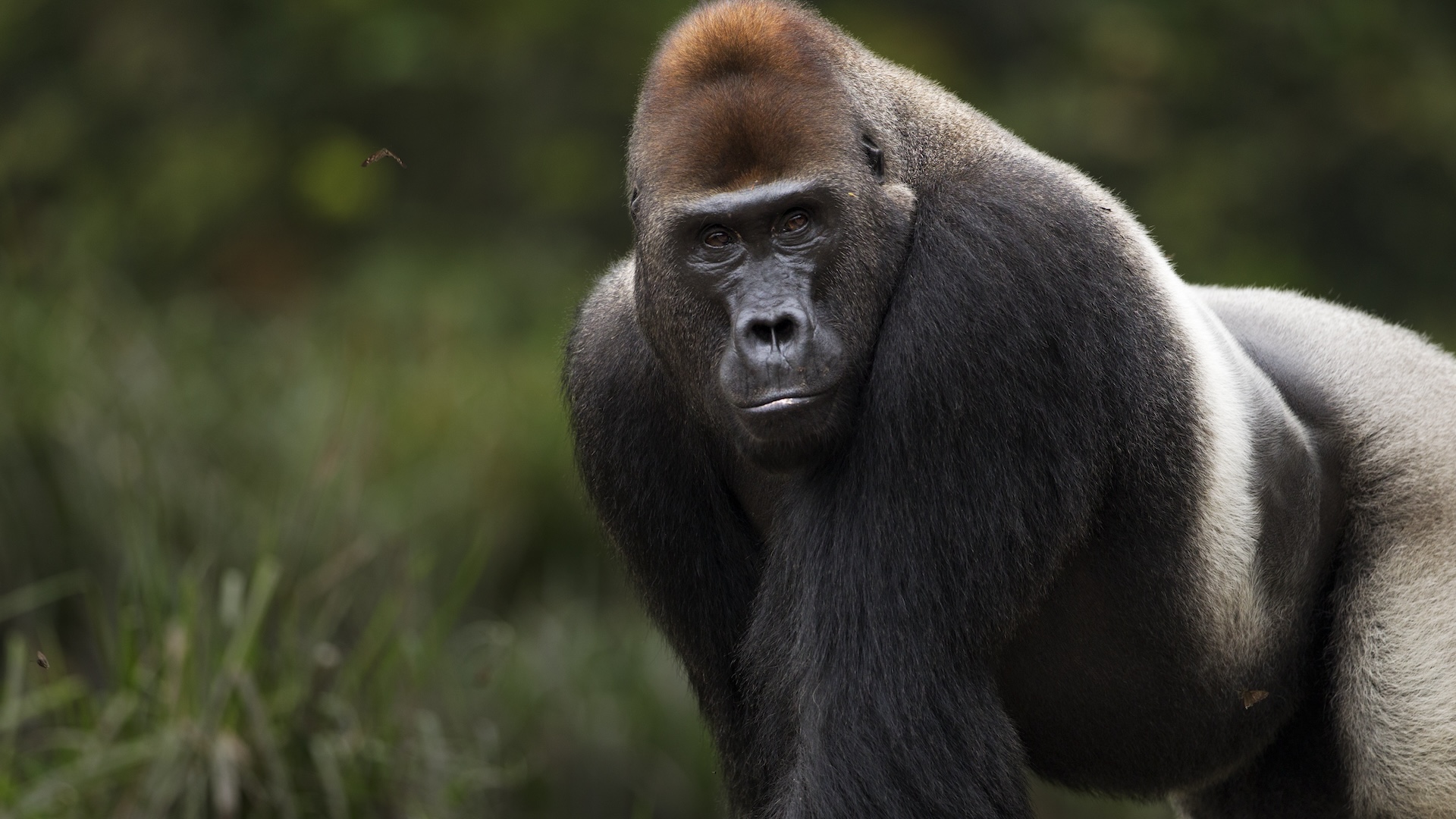
Gigantic gorillas
Gorillas are the largest living primates.

Using tools
Many species of primates are highly intelligent and have been observed using tools, such as this chimpanzee using a stick to get food from a closed box.
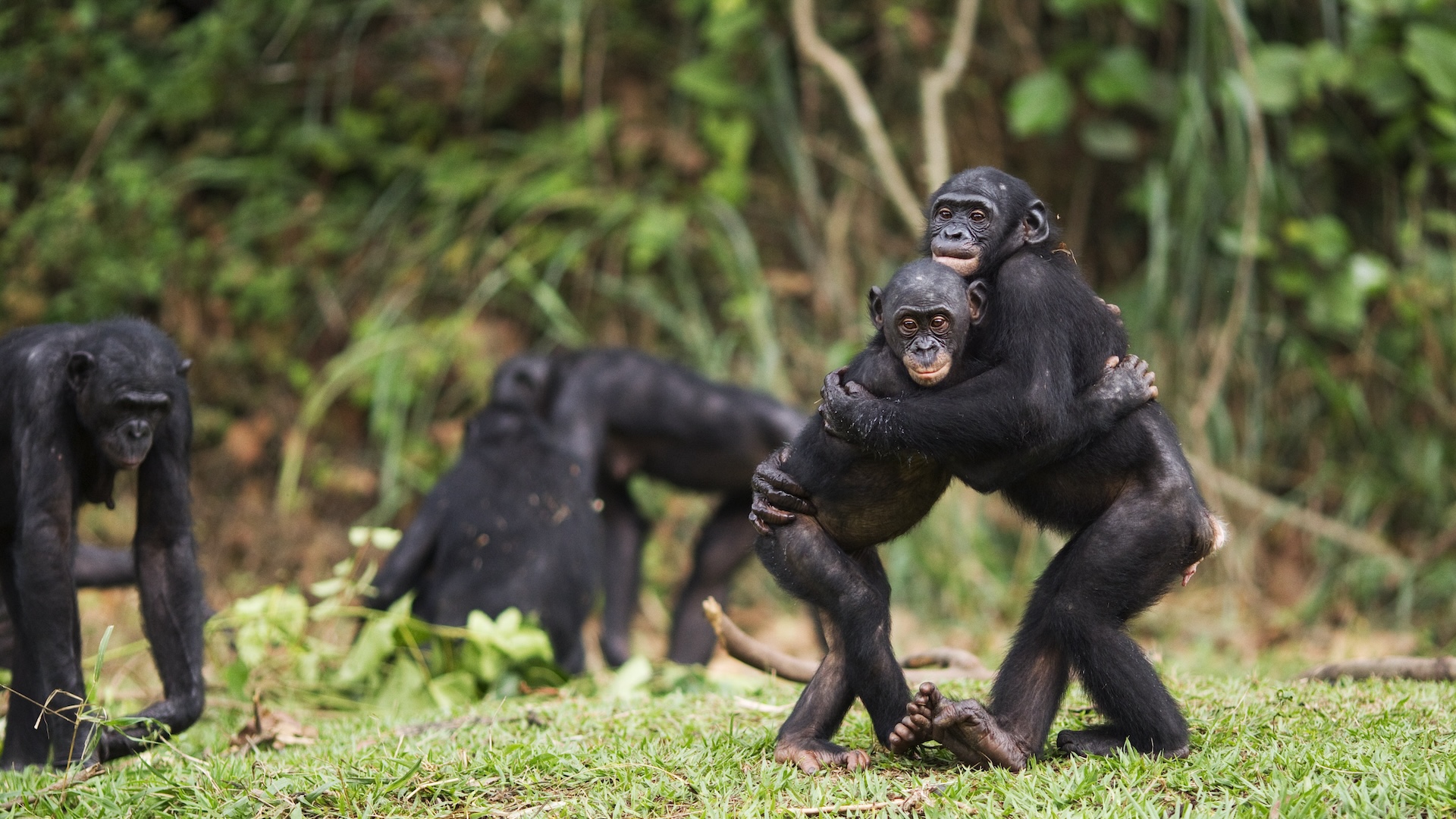
Social species
Primates, such as these two juvenile bonobos, are highly social.
Discover more about primates
—Monkeys: Facts about the largest group of primates
Sign up for the Live Science daily newsletter now
Get the world’s most fascinating discoveries delivered straight to your inbox.

Jess Thomson is a freelance journalist. She previously worked as a science reporter for Newsweek, and has also written for publications including VICE, The Guardian, The Cut, and Inverse. Jess holds a Biological Sciences degree from the University of Oxford, where she specialised in animal behavior and ecology.
You must confirm your public display name before commenting
Please logout and then login again, you will then be prompted to enter your display name.


